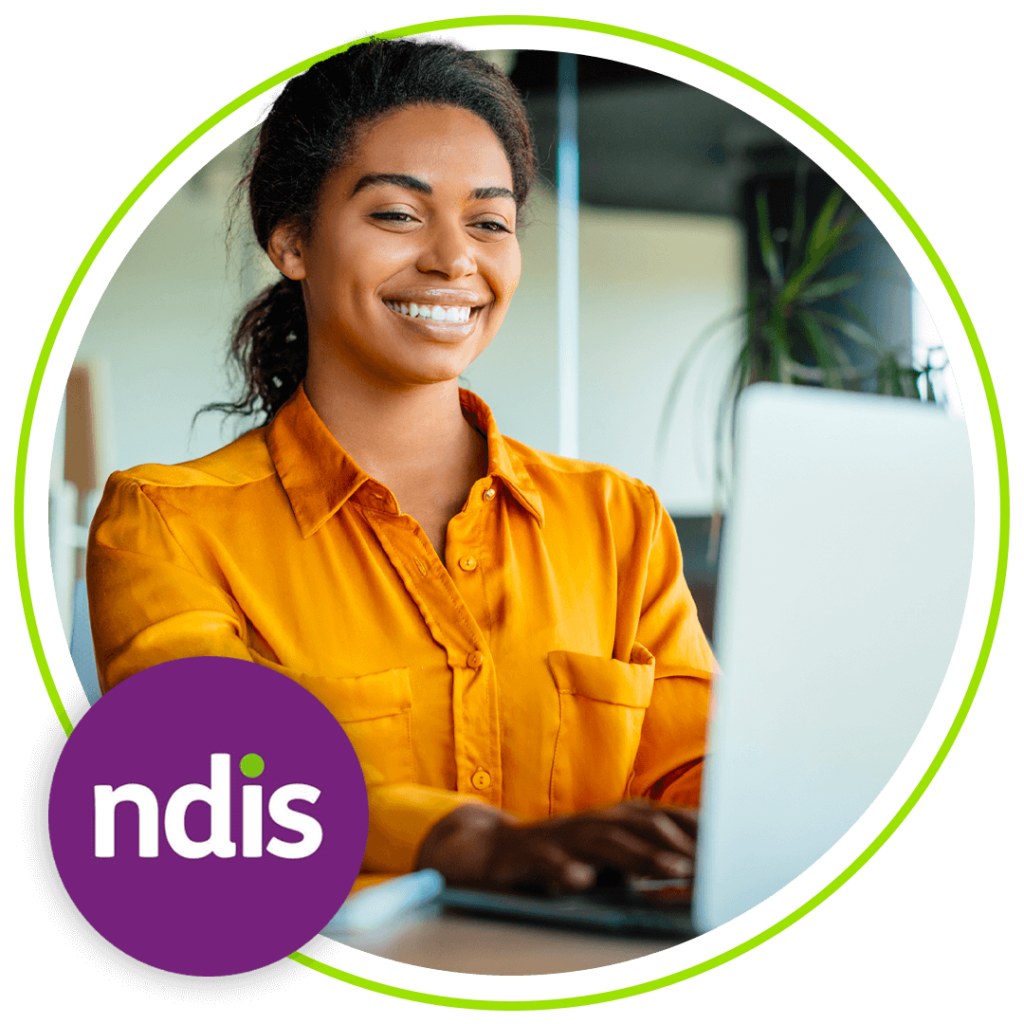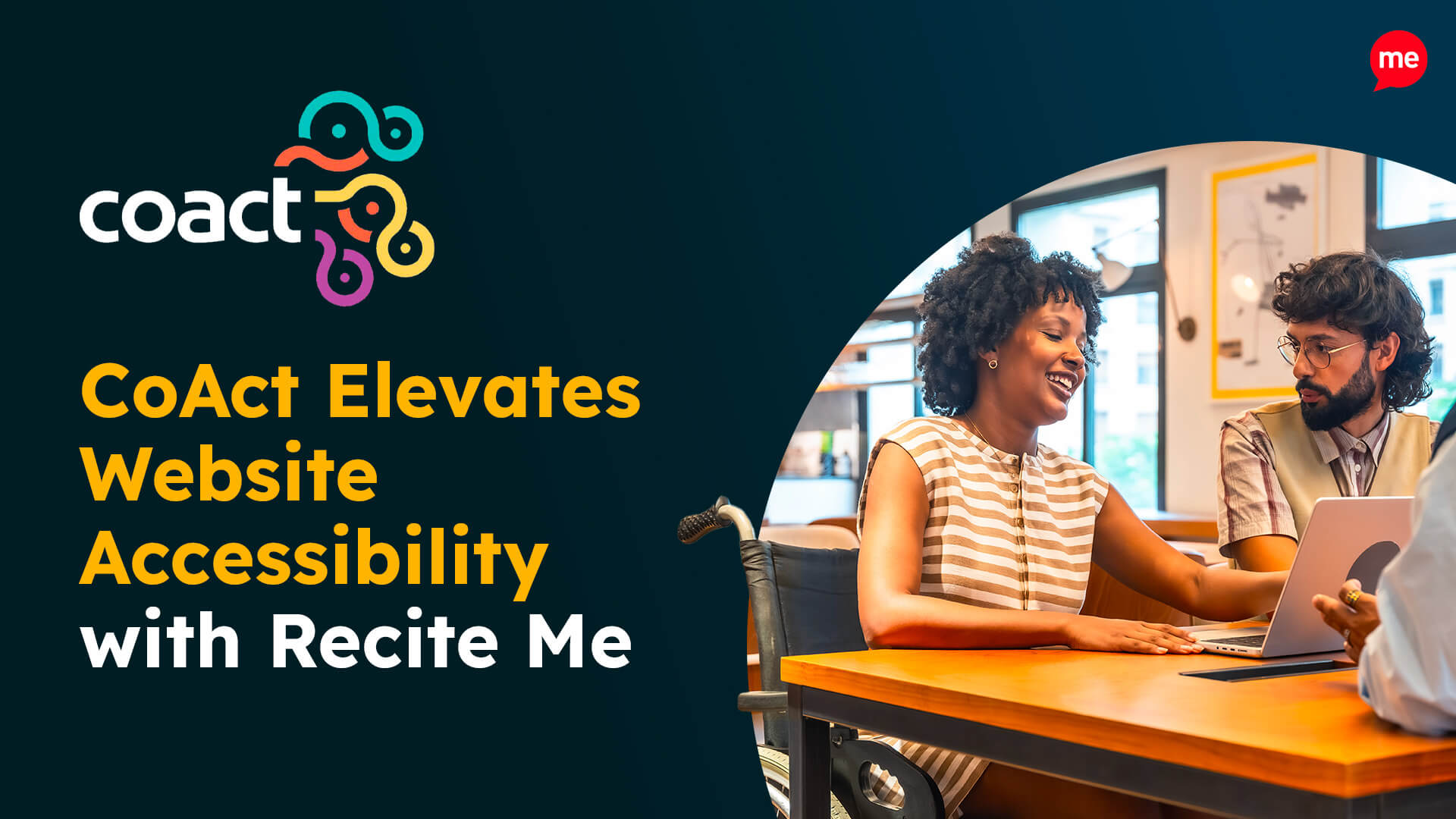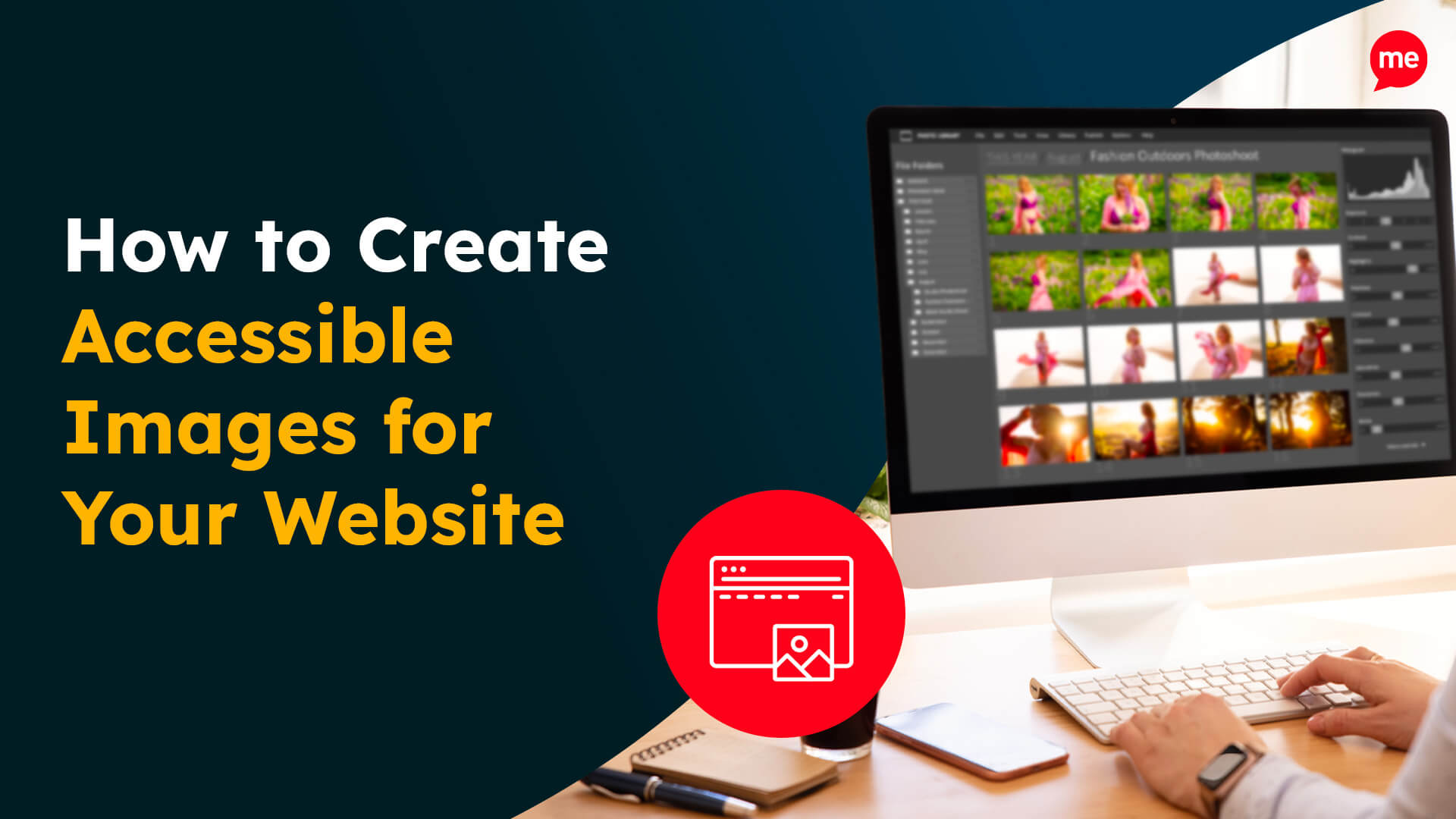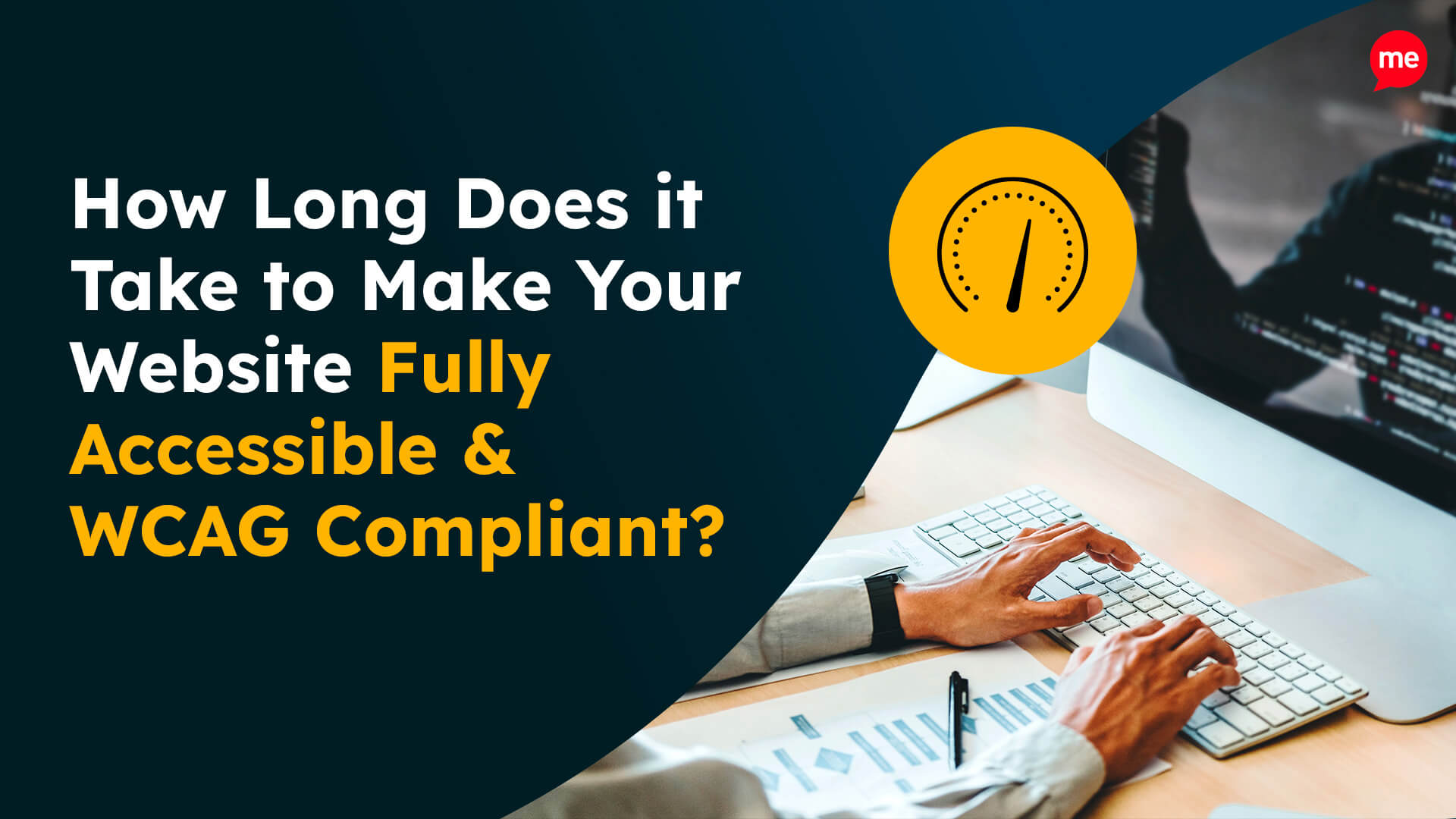The NDIS scheme is committed to making a real difference for those with a disability in Australia, playing an integral role in supporting the lives of thousands of people. But, what if you are preventing some participants from receiving support due to the digital barriers they face on your website?
Imagine being an NDIS participant who has just received funding to access services like community groups, doctors, sporting clubs and support groups. Naturally, you turn to the internet to research your options. But what if you can’t read or understand an organisation’s offerings because their website isn’t accessible? For instance, if you have decreased motor skills, you might need to have content read aloud, or if you are partially sighted, you might need to adjust the website’s colours. Without these accommodations, essential information remains out of reach, hindering your ability to utilise the services to support you.
Digital Accessibility Barriers Examples
Let’s look at some real-life examples that potential participants could experience when reading NDIS information on your website.

Oliver is a visually impaired NDIS participant, who is passionate about freelance journalism and dreams of launching his career in writing. He plans to use his NDIS funding to engage with a recruitment organisation that can assist him in achieving his goal. Unfortunately, the organisations he’s exploring do not provide options for text-to-speech tools. As a result, Oliver faces challenges in accessing crucial information about available roles, hindering him from achieving his career goal.
Charlotte is an Autistic NDIS participant who is very sociable and eager to join a community group to enjoy group activities. However, her heightened sensory awareness makes it challenging for her to focus when searching online for local NDIS community groups. The logos and graphics on web pages distract her, making it difficult for her to read and comprehend the information she needs.


Carlos is a 35-year-old NDIS participant originally from Brazil, who is now a permanent resident of Australia. With ADHD and English as his second language, he finds it easier to read in Portuguese. As a passionate footballer, Carlos wants to use his NDIS funding to connect with other sports enthusiasts. However, when he searches online for NDIS sporting organisations, he struggles because the websites don’t easily allow translation into his native language, preventing him from accessing the information he needs.
Why is Digital Accessibility Important to NDIS Providers?
Digital accessibility ensures that all individuals, including those with disabilities, can access information and services provided online. For NDIS providers, this means enabling participants with various disabilities to fully engage with their services, applications, and online resources.
There are so many reasons as to why digital accessibility is crucial for NDIS providers. Quite simply, you never know how many people you are missing out on because you aren’t making adaptations to ensure your information and services are available to everyone. To name a few crucial reasons:
1. Inclusivity and Equal Access
- Universal Access: Ensures that all users, including those with disabilities, can access and use digital content and services. This supports the core principle of the NDIS, by promoting inclusivity and equity for people with disabilities.
- Barrier Removal: Easily accessible information and services help individuals with disabilities to engage fully with their community and the services they need.
- Language Barriers: NDIS-registered and non-registered providers must follow the NDIS Code of Conduct and NDIS Practice Standards. Language and interpreting support is not included in the NDIS plan, however, it is stated that “Providers should try to match the participant who speaks a language other than English or uses Auslan with a worker who speaks their language or uses Auslan.”
2024 Language Report
Your potential website visitors could be from anywhere in the world, and without the ability to communicate with them, you risk losing their interest and their business.
Offering a multilingual website, while daunting, is not the mammoth task it once was, and can be done seamlessly with the right technology. Take your business to the next level by integrating translation tools to support a global audience – you’re not likely to regret it.
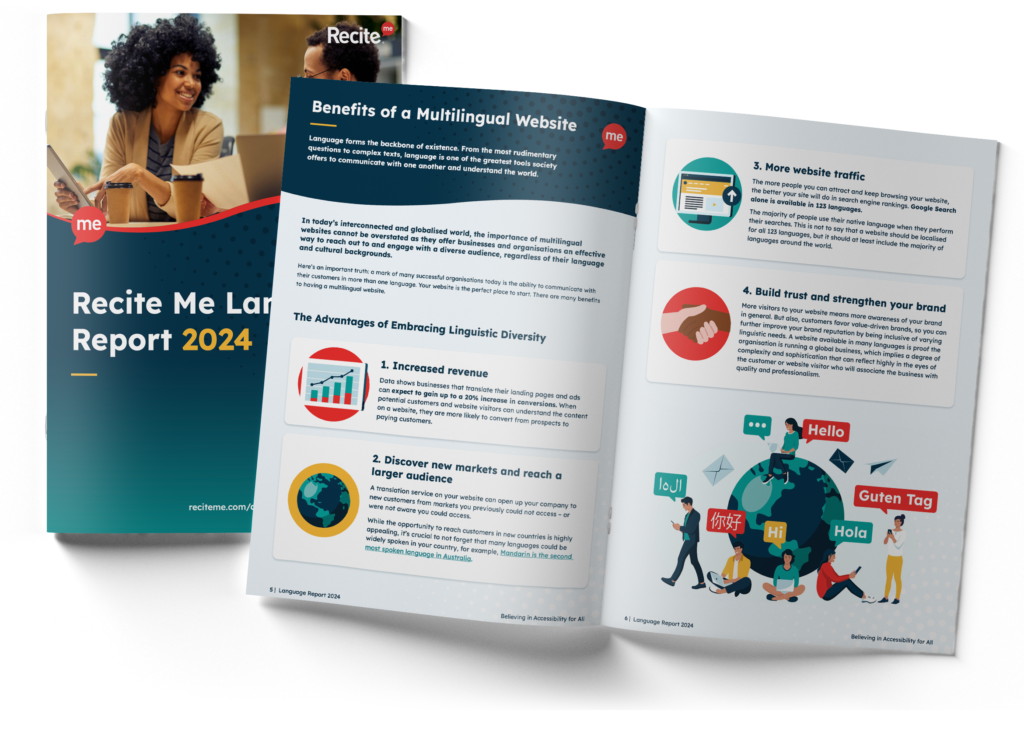
2. Legal and Regulatory Compliance
- Legal Requirements: Many countries, including Australia, have legal requirements mandating digital accessibility. Compliance with these laws helps NDIS providers avoid legal risks and penalties. In Australia, the Disability Discrimination Act (DDA) is the most pivotal piece of legislation in protecting the rights of individuals with disabilities. It prevents any form of discrimination in the provision and access to services like healthcare, housing, and recreation—which represent a significant percentage of NDIS provider contracts.
- NDIS Quality and Safeguards Commission: Adhering to digital accessibility standards can help providers meet the requirements set by the NDIS Quality and Safeguards Commission, which oversees the quality and safety of services delivered to NDIS participants.
3. Support for NDIS Goals
- Empowerment and Independence: Digital accessibility supports the NDIS’s goal of empowering individuals with disabilities to live more independently by providing them with accessible tools and resources.
- Participation and Contribution: Ensures that individuals with disabilities can participate in and contribute to society, including accessing employment opportunities, education, and social activities.
- Usability Improvements: Accessible digital content is often easier to use for everyone, not just individuals with disabilities. This can lead to better overall user satisfaction and engagement.
- Inclusive Design: By incorporating accessibility from the beginning, providers can create more user-friendly and intuitive interfaces that benefit all users.
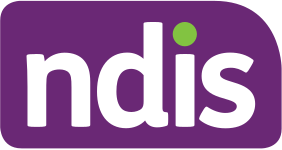
How Can Recite Me Help NDIS Providers?
Recite Me’s and the NDIS missions align, both exist to empower those with disabilities to gain independence and fulfil their dreams. We understand that your website is constantly changing as your services, and new information are updated, edited, and removed.
We also understand that this can make the process of becoming inclusive feel overwhelming. That’s why we’ve developed a suite of dedicated accessibility tools to help you navigate the process.
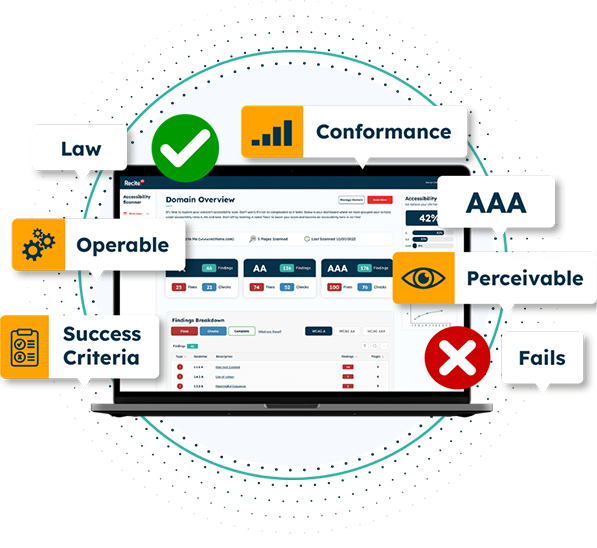
WCAG-Compliance Made Easy – The Recite Me Accessibility Checker
The Recite Me Accessibility Checker audits back-end and front-end web development processes by running 396 separate compliance scans in line with WCAG 2.1 and breaks down the issues you should be working to fix. The methodology follows a simple four-step process to help you increase your accessibility score:
Step 1: Scan Your Domains – Choose between scanning single or multiple pages.
Step 2: Identify Accessibility Issues – Identify the locations of accessibility issues on your website.
Step 3: Fix Accessibility Errors – Boost your accessibility score by prioritising fixes in line with WCAG Levels A, AA, and AAA.
Step 4: Track Your Progress – Create and share custom reports with your team and roadmap the next WCAG issues in your fix queue.
Accounting for Individual Differences – The Recite Me Assistive Toolbar
Unfortunately, your website doesn’t become instantly inclusive just because you made it accessible. What makes a website truly inclusive is providing options so individual users can make customisations to view web pages in the best way for them.
The Recite Me Toolbar is a proven way of supporting people online. Once installed, website visitors can create fully customisable online experiences by:
- Personalising font size, type, and colour options.
- Choosing the exact colour contrast between the text and background.
- Utilising the mask screen tool to help with focus.
- Using the ruler tool to make reading easier.
- Downloading content as an audio file as an alternative to reading.
- Converting page content into over 100 on-screen languages.
- Having the page read aloud in a choice of 65 languages.
- Customising PDF documents or having them read aloud/ translated.
- Zooming in on any part of a webpage.
- Using the built-in spell-checker and a fully integrated dictionary and thesaurus.
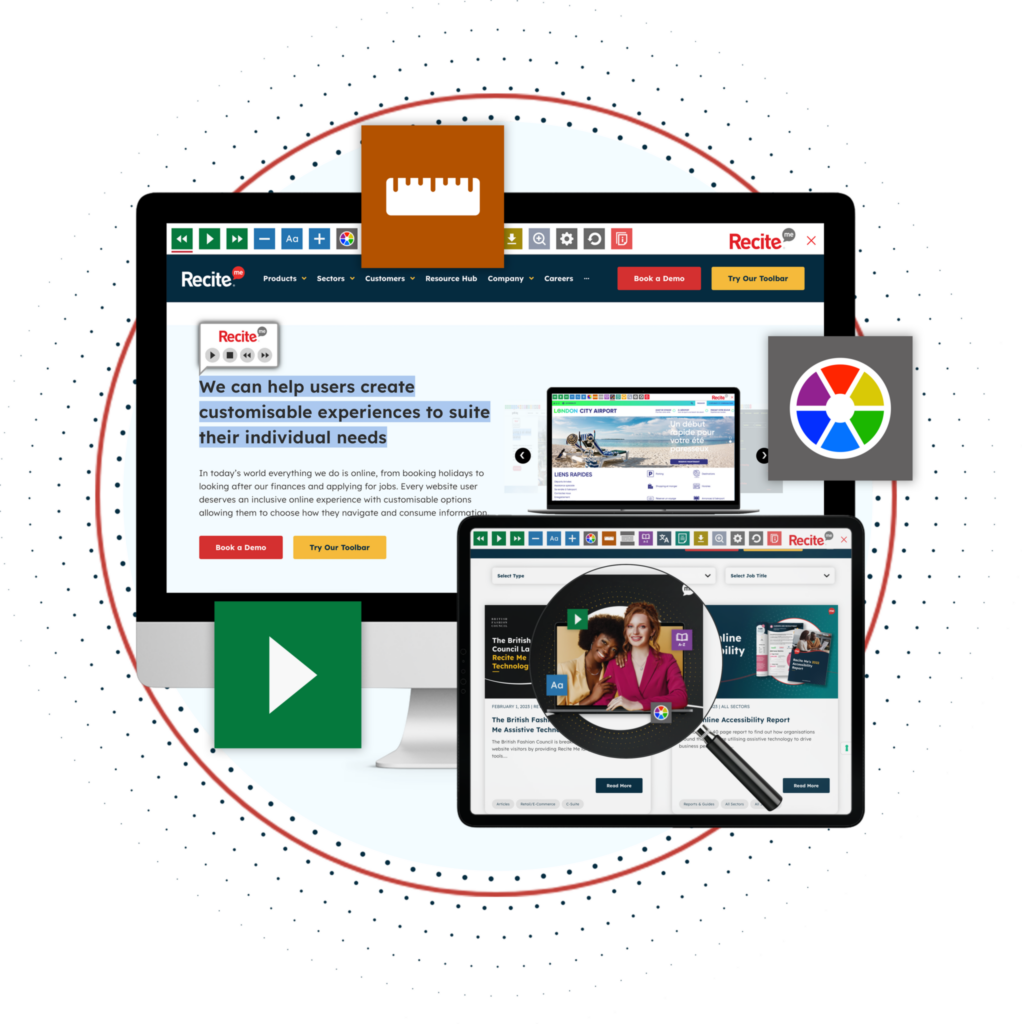
NDIS Organisations Leading the Way
We already work with a variety of NDIS Providers who are leading the way and breaking down digital barriers for NDIS participants.
OC Connections
OC Connections is a leading organisation in the disability support sector that offers services in the South Eastern Suburbs of Melbourne. OC Connections believes in empowering individuals with disabilities to thrive, achieve their goals and lead fulfilling lives. To do this, they provide services to foster an inclusive community, supporting NDIS participants, whether it is finding a home, engaging in work, enjoying hobbies, socialising with friends and much more.
 Sam D’Rosario, Marketing and Communications Manager at OC Connections told us,
Sam D’Rosario, Marketing and Communications Manager at OC Connections told us,
“Being an NDIS provider is a big reason we chose Recite Me. Our participants have a wide range of disabilities and require a wide range of accessibility tools, and we want to provide the best experience for them.”




Start your Accessibility Journey with Recite Me
Act today to ensure accessibility compliance and mitigate legal risk. Get started on your website accessibility strategy by working through the following action points:
- Contact our team for more advice about WCAG standards and Accessibility best practices.
- Find out more about the Recite Me Web Accessibility Scanner.
- Schedule a free demonstration to learn how our technology can help you.
- Run a free scan of your website for WCAG 2.1 AA compliance.
